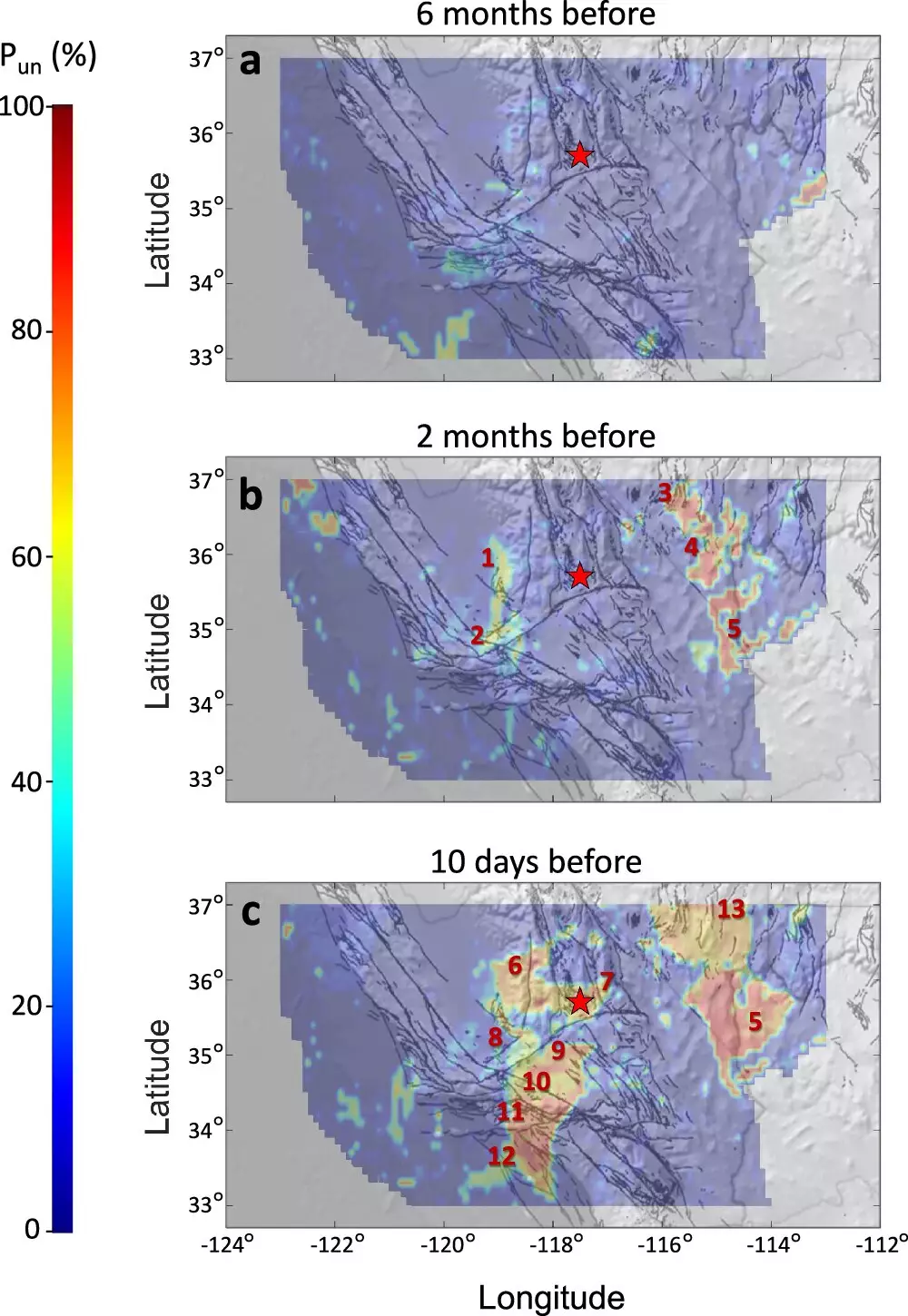Earthquakes are natural disasters that can cause widespread devastation, leading to loss of life and property damage. However, recent research conducted by a team of scientists has shown promise in utilizing machine learning to identify precursors to major earthquakes. This groundbreaking research opens up new possibilities for early warning systems that could potentially save lives and mitigate the impact of seismic events.
Analyzing Earthquake Data
The study, led by research assistant professor Társilo Girona of the UAF Geophysical Institute, focused on two major earthquakes in Alaska and California. By developing a computer algorithm based on machine learning, the researchers were able to detect abnormal seismic activity preceding these earthquakes. This method allowed them to identify patterns of low-level tectonic unrest over large areas, providing valuable insights into the behavior of faults before major seismic events.
Predictive Capabilities
One of the key findings of the study was the ability of the machine learning algorithm to forecast the likelihood of a major earthquake occurring within a certain timeframe. For example, in the case of the magnitude 7.1 Anchorage earthquake in 2018, the researchers found that the probability of a major earthquake occurring within 30 days increased to approximately 80% around three months before the event. Similar probability findings were observed for the Ridgecrest earthquake sequence in California.
Girona and his team proposed a geologic explanation for the low-magnitude precursor activity observed before major earthquakes. They suggested that an increase in pore fluid pressure within faults could lead to fault slip, ultimately triggering a seismic event. This insight sheds light on the underlying mechanisms that drive earthquake activity and highlights the importance of monitoring changes in fault properties.
The use of machine learning in earthquake research has the potential to revolutionize the field of seismology. By analyzing large datasets derived from seismic networks, researchers can identify meaningful patterns that may signal an impending earthquake. This capability is crucial for developing early warning systems that can provide timely notifications to at-risk populations.
Challenges and Ethical Considerations
While the research shows promise for earthquake forecasting, there are challenges and ethical considerations that must be addressed. False alarms can lead to unnecessary panic and economic disruption, while missed predictions can have catastrophic consequences. Therefore, it is essential to test and validate the machine learning algorithm in near-real-time situations before implementing it in new regions.
The integration of machine learning into earthquake research offers exciting possibilities for improving our understanding of seismic events and enhancing our ability to forecast earthquakes. By leveraging advanced statistical techniques and high-performance computing, scientists can unlock valuable insights that could ultimately save lives and reduce the impact of earthquakes on society. This research represents a significant step forward in earthquake forecasting and highlights the potential of technology in mitigating the effects of natural disasters.


Leave a Reply